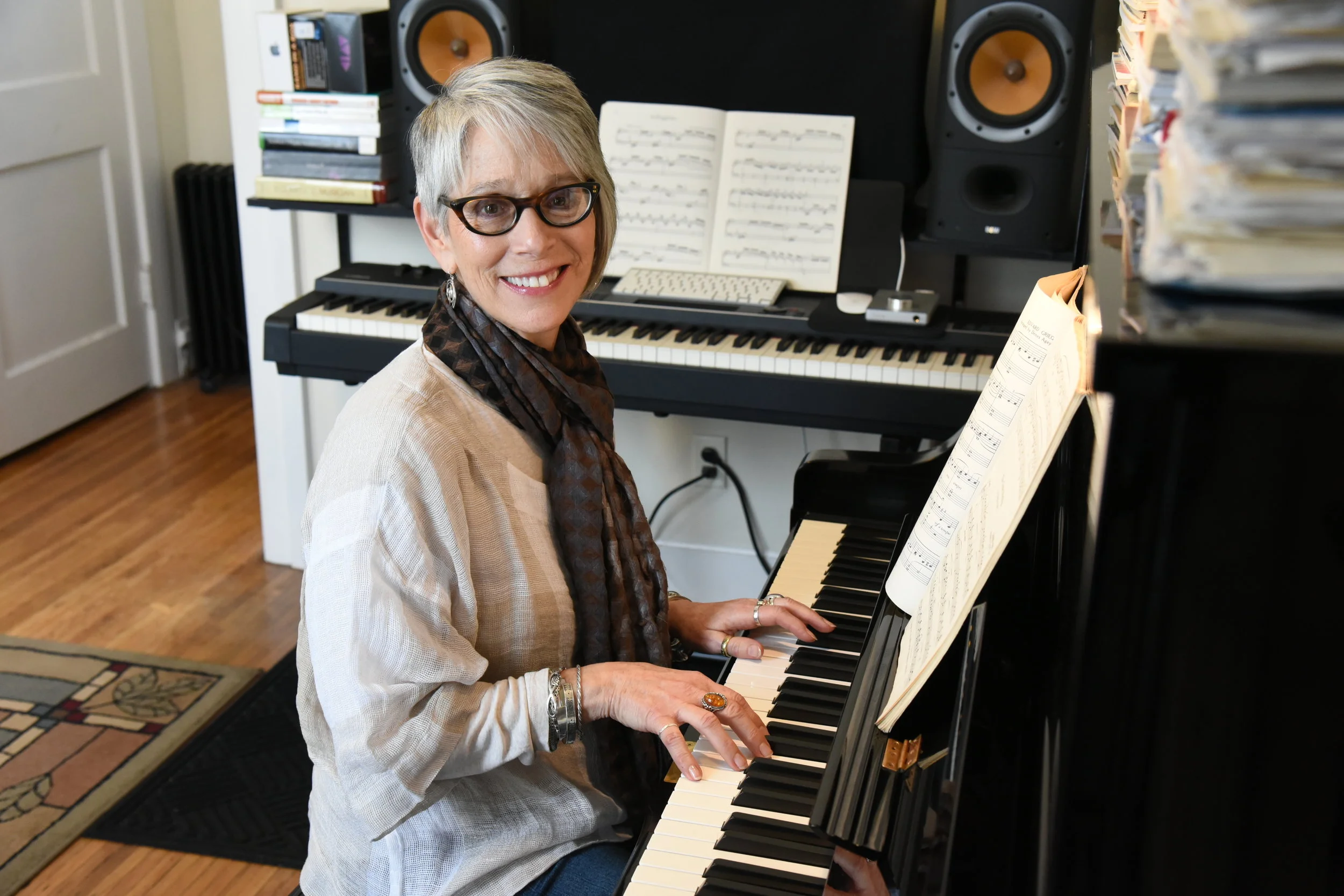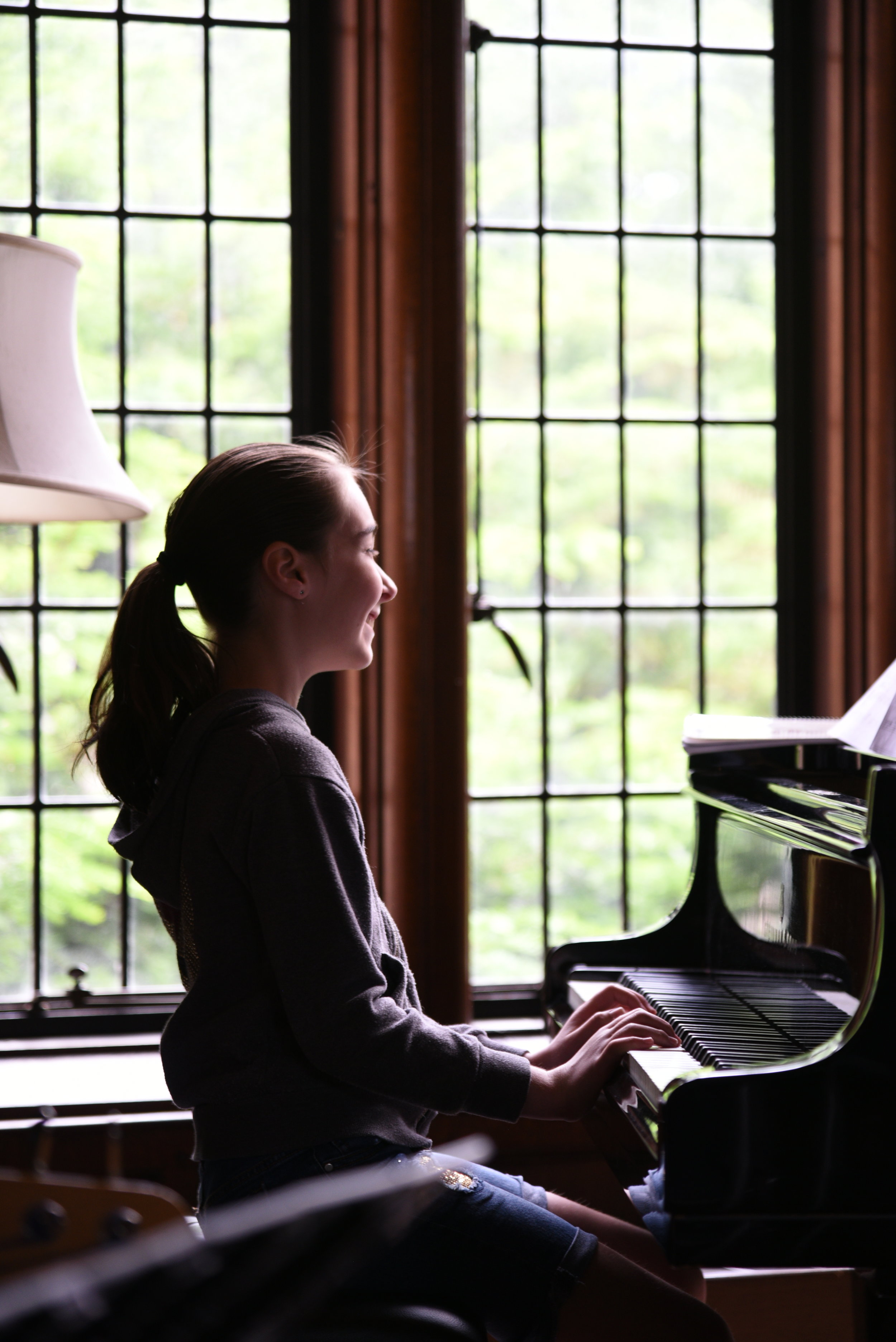Going home: A story of sharing
/About a week ago, I listened to some music that I had composed for a memorial service. I had to let it “sit silent” for a while - because it was a piece I wrote for my own father shortly after he passed away a few days before Thanksgiving, 2014.
During my re-listening session, I was surprised by how I was hearing this piece in such a different way. I was expecting the music to paint a “mostly melancholy picture.” Instead, I found myself experiencing it as more hopeful and inspiring. Why did things seem so different this time? After reflecting a bit, I realized that the circumstances and timing for creating this music had a lot to do with how I remembered it. Crafting an original work under heavy stress, no doubt, affected my perception of the music’s mood.
My re-hearing of “Going Home,” the piece’s title, got me curious enough to ask some friends about their impressions of the music. Overall they seemed to be hearing what I was hearing the second time around. My listening friends most often used words like “uplifting,” “romantic,” “moving” and “homecoming” to describe the music.
It was that last word – homecoming – that really grabbed my attention. Not so much because it’s so close in sound and meaning to “Going Home” – but because both make me think about the same thing. Sharing. In those familiar and comfortable spaces we call home, we share so many things. We share meals. We share stories. We share our hopes and dreams. Mostly, we share ourselves with the people who matter most to us.
Four years ago I shared myself, by way of music, with family and friends. My gift was meant to honor my father’s memory and to comfort others – even though I knew that some painful feelings would come out during the creative process. The music sounded sad to me back then. Not anymore. Today, I’m interested in sharing this music with you. Let me know what you think.






























